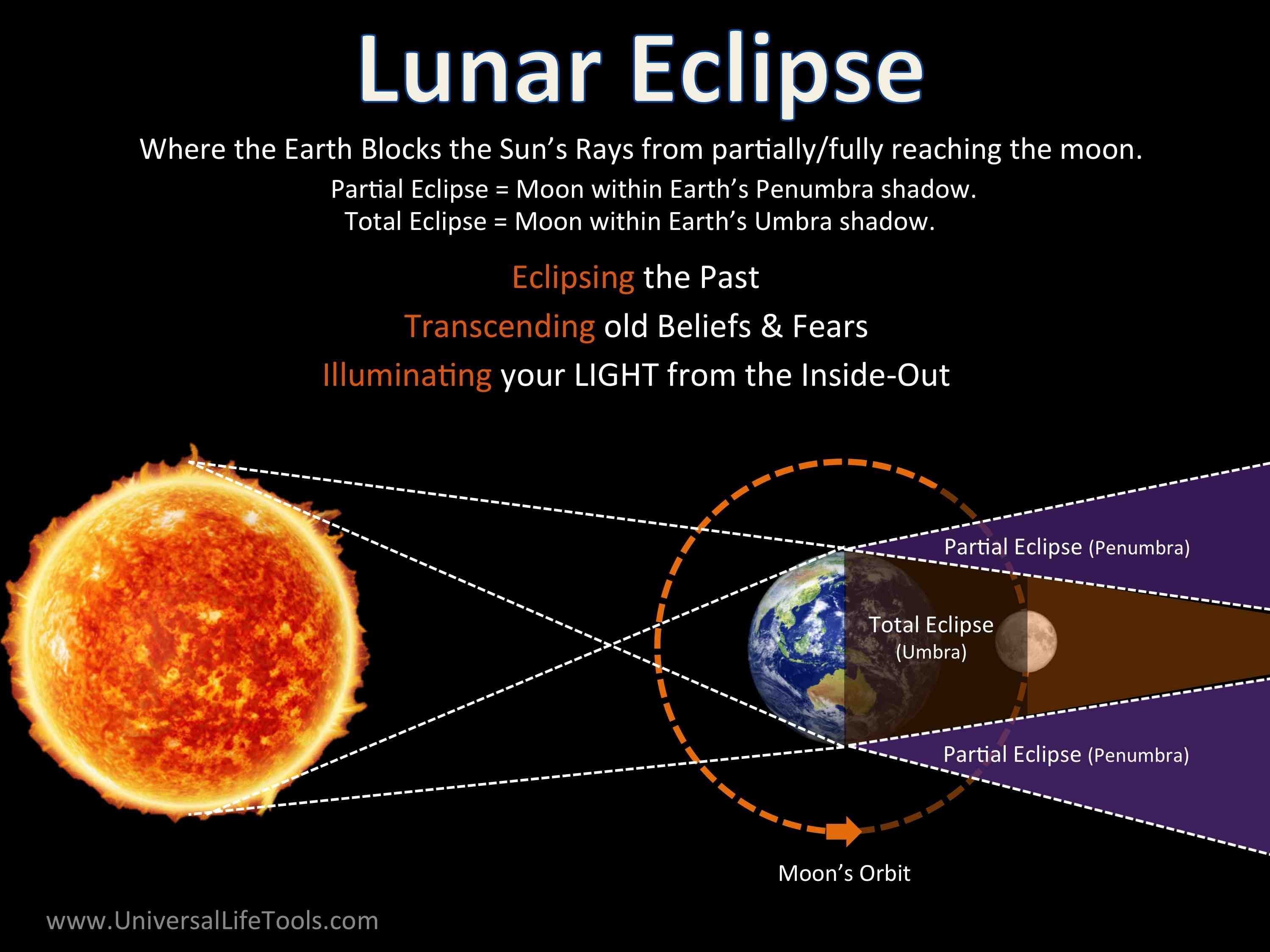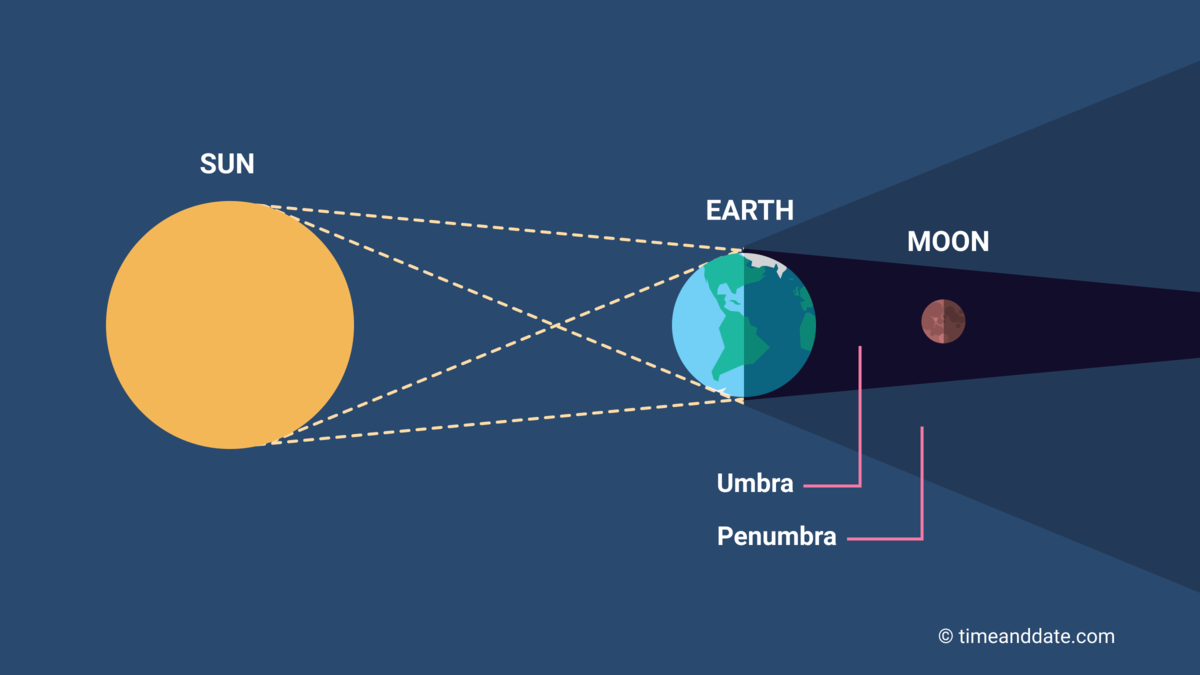Lunar Eclipse 2025: The Rarest Celestial Spectacle of the Century
The year 2025 is shaping up to be a celestial enthusiast's dream come true. Not only will the planet Mars be at its closest point to Earth in over a century, but a rare lunar eclipse is also expected to take place on June 7, 2025. This lunar eclipse, also known as a penumbral lunar eclipse, will be the first of its kind in three years, and it promises to be a spectacle that will leave astronomers and stargazers alike in awe.
A lunar eclipse occurs when the Earth passes between the sun and the moon, blocking the sunlight that normally reflects off the lunar surface. This can only happen during a full moon, when the moon is on the opposite side of the Earth from the sun. The Earth's shadow has two parts: the umbra, which is the darker inner shadow where the moon is completely blocked out, and the penumbra, which is the lighter outer shadow where the moon is only partially blocked.
The penumbral lunar eclipse of 2025 will be a great opportunity for scientists to study the Earth's atmosphere and its effects on the lunar surface. By analyzing the changes in the moon's color and texture during the eclipse, researchers can gain valuable insights into the Earth's atmospheric conditions and how they impact the lunar surface.
Understanding Lunar Eclipses
Lunar eclipses have been occurring for centuries, but they are relatively rare. The Earth's shadow on the moon is only visible from a narrow region on the Earth's surface, known as the path of totality. The path of totality is usually about 100 miles wide and covers a specific region of the Earth's surface.
To witness a lunar eclipse, one needs to be in the path of totality, which is usually visible from a specific region of the Earth's surface. However, most people can still observe a partial lunar eclipse, which is visible from anywhere on the Earth.
Types of Lunar Eclipses
There are three types of lunar eclipses: penumbral, partial, and total. Each type of lunar eclipse has its own unique characteristics and requirements.
- Penumbral lunar eclipses are the rarest type of lunar eclipse and occur when the Earth's penumbra falls on the moon.
- Partial lunar eclipses occur when the Earth's umbra falls on the moon, causing the moon to be partially blocked by the Earth's shadow.
- Total lunar eclipses occur when the Earth's umbra falls directly on the moon, causing the moon to be completely blocked by the Earth's shadow.
The Science Behind Lunar Eclipses
Lunar eclipses are an excellent opportunity for scientists to study the Earth's atmosphere and its effects on the lunar surface. By analyzing the changes in the moon's color and texture during the eclipse, researchers can gain valuable insights into the Earth's atmospheric conditions and how they impact the lunar surface.
One of the main reasons why lunar eclipses are so interesting is that they provide a unique opportunity to study the Earth's atmospheric conditions. During a lunar eclipse, the Earth's atmosphere scatters the sunlight that reaches the moon, causing the moon to take on a reddish hue. This is known as Rayleigh scattering, and it is the same effect that causes the sun to appear red during sunrise and sunset.
Atmospheric Effects on the Lunar Surface
The Earth's atmosphere has a profound impact on the lunar surface. During a lunar eclipse, the Earth's atmosphere scatters the sunlight that reaches the moon, causing the moon to take on a reddish hue. This is known as Rayleigh scattering, and it is the same effect that causes the sun to appear red during sunrise and sunset.
The Earth's atmosphere also affects the lunar surface by causing the moon to experience a slight warming effect. This is known as the lunar albedo effect, and it is caused by the reflection of sunlight off the lunar surface. During a lunar eclipse, the Earth's atmosphere scatters the sunlight that reaches the moon, causing the moon to absorb more radiation than it would normally.
History of Lunar Eclipses
Lunar eclipses have been occurring for centuries, and they have been an important event in many cultures and civilizations. In ancient times, lunar eclipses were often seen as a sign of bad luck or disaster. However, in modern times, lunar eclipses are recognized as a rare and awe-inspiring celestial spectacle.
Some of the most notable lunar eclipses in history include the total lunar eclipse of 2015, which was visible from North America, and the penumbral lunar eclipse of 2020, which was visible from the entire world.
Lunar Eclipse Mythology
Lunar eclipses have been a source of fascination and superstition throughout history. In many cultures, lunar eclipses were seen as a sign of bad luck or disaster. For example, in ancient Greece, a lunar eclipse was believed to be a sign of the death of a powerful king.
In other cultures, lunar eclipses were seen as a time of great spiritual significance. For example, in ancient China, lunar eclipses were believed to be a sign of the arrival of a new emperor.
Conclusion
The penumbral lunar eclipse of 2025 promises to be a rare and awe-inspiring celestial spectacle. By analyzing the changes in the moon's color and texture during the eclipse, scientists can gain valuable insights into the Earth's atmospheric conditions and how they impact the lunar surface.
Whether you're an astronomer or just a stargazer, the penumbral lunar eclipse of 2025 is sure to be an event that you won't want to miss. So mark your calendars for June 7, 2025, and get ready to witness one of the most spectacular celestial events of the century.
Quick Facts About Lunar Eclipses
• The penumbral
Diabla Lara
Jackoherty
Daniel John Gregory
Article Recommendations
- Kay Flock
- Chaun Woo Parents
- Brandonavid Jackson
- Luke Bryan Weight Gain
- Marvin Agustin Wife
- Watchports Online Free
- Nfl Retro Bowl 25
- Es
- Andielle Fans
- Joecarborough Illness



